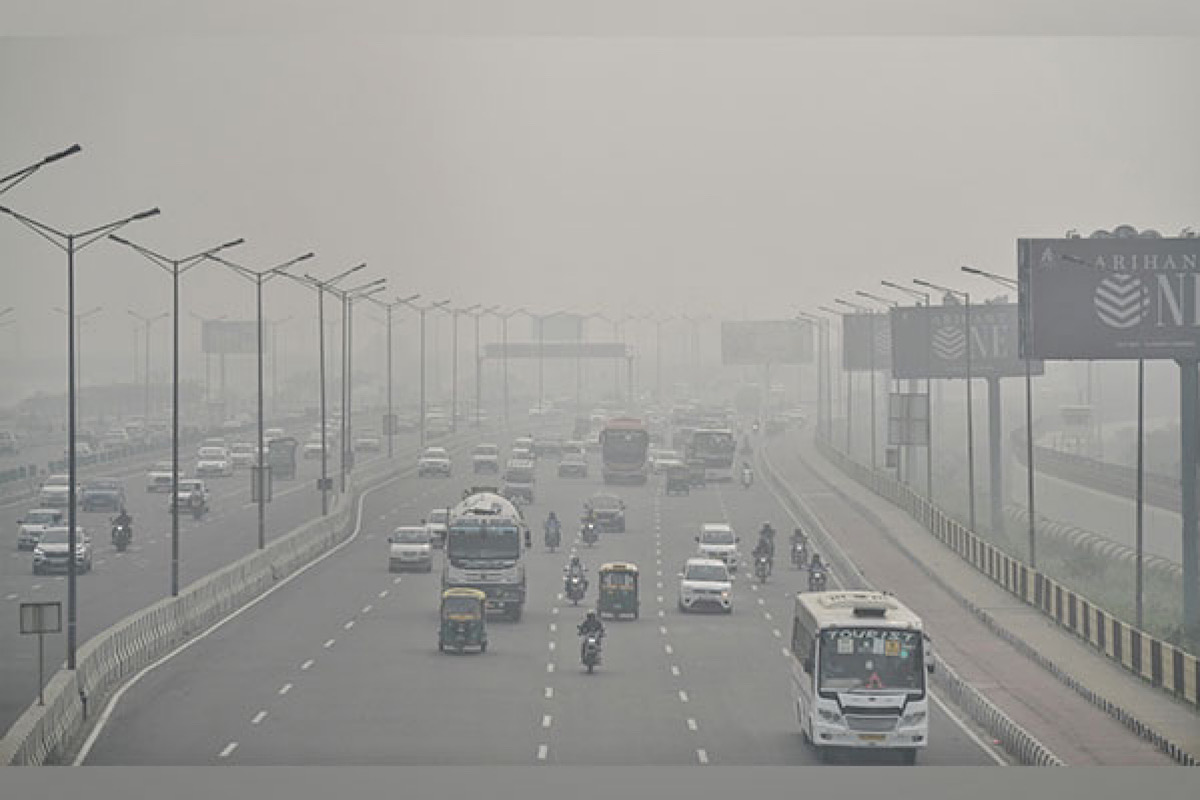Atishi visits Rangpuri, pledges swift action on civic issues
Delhi Chief Minister Atishi visited Rangpuri Pahadi in South West Delhi on Sunday to address grievances after Lieutenant Governor VK Saxena highlighted the area's civic challenges.
The national capital continues to grapple with toxic air quality. According to the Central Pollution Control Board (CPCB), the Air Quality Index (AQI) recorded was 403 at 7:30 a.m. on Monday which falls in the ‘severe’ category.

Air pollution (Photo:ANI)
The national capital continues to grapple with toxic air quality. According to the Central Pollution Control Board (CPCB), the Air Quality Index (AQI) recorded was 403 at 7:30 a.m. on Monday which falls in the ‘severe’ category.
A thin layer of fog blanketed the city, reducing visibility, while the minimum temperature dropped to 9.2 degrees Celsius at 5:30 a.m., according to the India Meteorological Department (IMD). A cloudy sky with light rain is expected later in the day, offering a ray of hope for some relief from the pollution.
Advertisement
Several areas in Delhi reported alarming AQI levels, including Wazirpur (464), Ashok Vihar (460), Mundka (446), Burari Crossing (445), and Anand Vihar (443). Notably, air quality in Dwarka-Sector 8 (393) and Najafgarh (372) hovered just below the ‘severe’ threshold.
Advertisement
On Sunday, PM2.5 levels (Particulate Matter), a major pollutant, remained dangerously high, with 37 out of 39 monitoring stations recording ‘severe plus’ air quality.
PM 2.5 particles, small enough to penetrate deep into the lungs, pose severe health risks, particularly for vulnerable groups.
Amid worsening pollution, the Graded Response Action Plan (GRAP) Stage IV measures have been enforced across the National Capital Region (NCR) since December 16.
These emergency steps aim to curb pollution but have had limited immediate impact.
The Supreme Court recently directed Uttar Pradesh and Haryana to impose firecracker bans akin to Delhi’s and emphasised stringent implementation of GRAP and the Solid Waste Management Rules, 2016. The apex court also ordered NCR states to deploy teams at Delhi’s entry points to monitor compliance with GRAP IV measures.
Residents are increasingly reporting health issues related to the pollution, including respiratory problems and eye irritation. The combination of thick fog, and toxic air has made life challenging for people of Delhi, with many calling for stronger and more effective measures to combat the crisis.
Advertisement